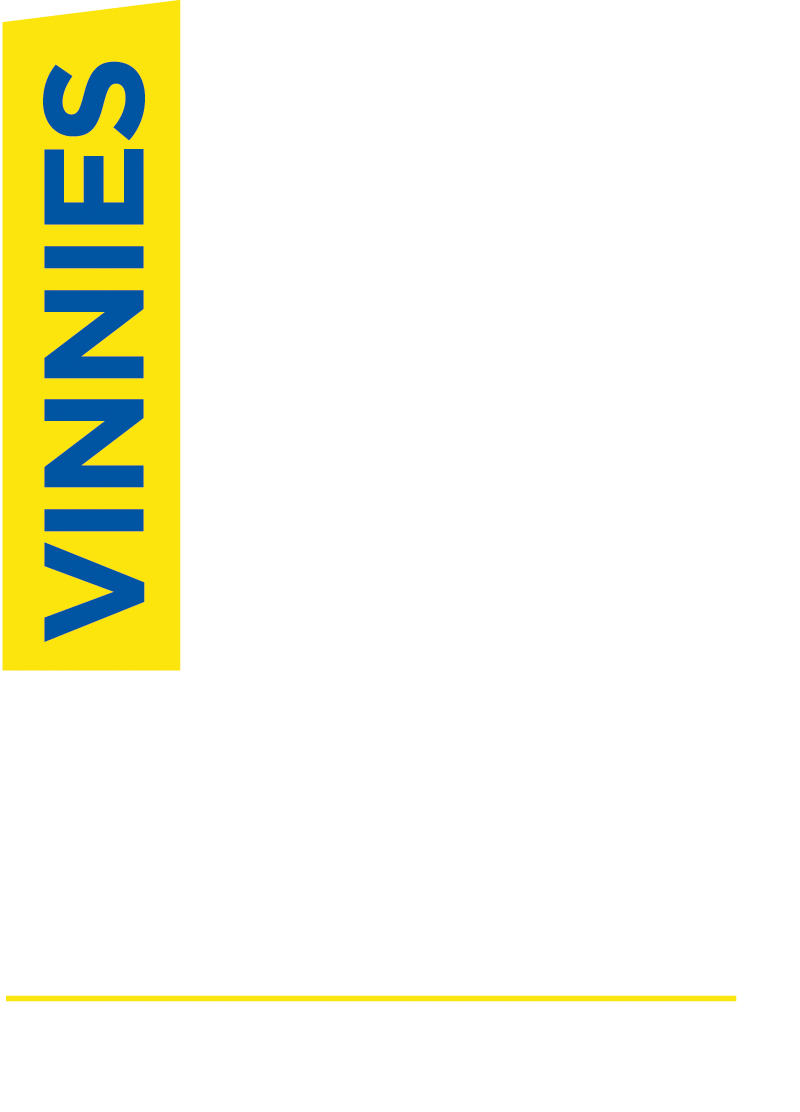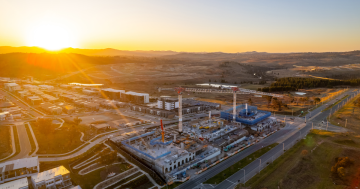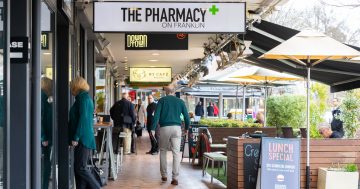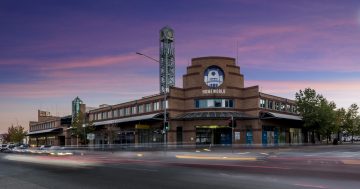
Coombs may be the fastest growing suburb in the ACT but residents are still waiting for a shopping centre to open. File photo.
Moncreiff in Canberra’s north had the largest population increase in the ACT during 2016-17 as new home owners poured into the new Gungahlin suburb, while Coombs in the west was the fastest growing suburb.
New data from the Australian Bureau of Statistics shows the population hot spots in the ACT, which grew by 6833 in 2016-17 to reach 410,301 at 30 June 2017. This rise was due mainly to natural increase (3369) but 2801 of that was from overseas migration, with 663 moving to the Territory from interstate.
Moncreiff soared by 866 to reach 965 people while other big movers were Kingston (670) in the inner south, the newly developed western suburb of Coombs (650), and Lawson (550) in Belconnen.
Most of the growth occurred in Gungahlin, fuelled by young families seeking first or new homes, with the suburbs of Harrison (up 526 to 8376), Franklin (up 470 to 7062), Ngunnawal (391 to 10,968), Casey (up 370 to 6220) and Crace (up 329 to 4850) featuring strongly.

Source: ABS.
In Kingston, where downsizers have been drawn to new apartment developments, 666 newcomers made their homes bringing the lakeside suburb to 5311.
The new suburb of Coombs in the Molonglo Valley increased by 647 to 2528 residents, who are becoming restive about infrastructure not meeting growth.
Most of Lawson’s residents moved in during 2016-17, with the new suburb’s population rising by 546 to 691.
The fastest growth* was in Coombs at 34 per cent, followed by its high-density neighbour Wright (up 15 per cent to 3306), Kingston (up 14 per cent to 5311) and Phillip (up 9.2 per cent to 3291), where many apartments and units have been built.
The only suburb in the south to rate a mention was Greenway where the population rose by 98 to 1986, a change of 5.2 per cent.
Civic, where the ACT Government wants to see 20,000 people living within a decade, had 4798 residents, up 318 or 7.2 per cent.
Overseas migration was the dominant factor in Sydney and Melbourne’s population growth, which grew to 5,131,326 and 4,850,740 respectively.
Sydney’s population rose 101,558, of which 84,684 were immigrants, while Melbourne grew by 125,424 people, with 79,974 from overseas.
* Excludes areas with a population of less than 1,000 at June 2016.














